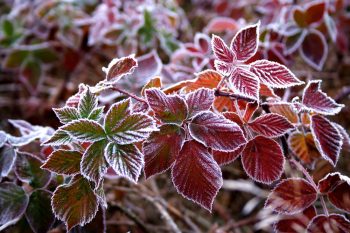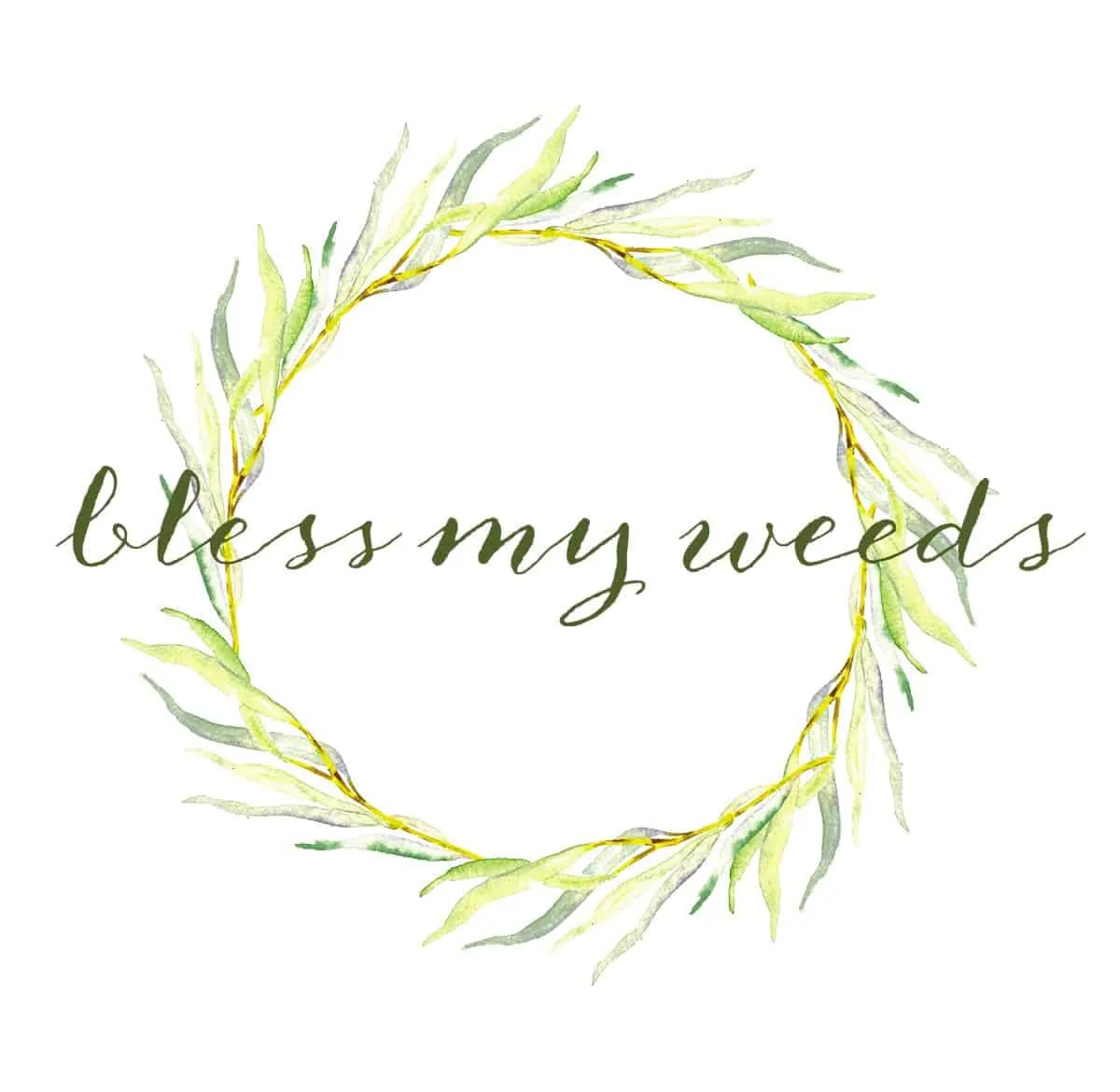A lot of pain in the garden could be eliminated if you knew how to predict frost. But this year, there’s no reason not to get left out in the cold. Today I have some tips on how to predict frost. It includes helpful information for protecting plants and on both light and hard frost nights. We could call this post Frost Education for Gardeners 101. Pretty soon you’ll know the basics and feel more prepared for dealing with frost. Here we go!

Know the calendar
Start by looking up the average frost dates where you live. If you have no idea where to look, try the Farmer’s Almanac frost calculator. This handy online tool will tell you both the average first and last frost dates in your area. This gives you a good idea of the general timeline when frost could become a problem for your garden.

Other things to look for
- Daytime temps are a good indicator of the frost risk. In the Eastern or northern states, the risk is low if the temperature reached at least 75 degrees F. In the southwest, if the daytime temp reached over 80 degrees F, frost risk is very low.
- Wind keeps the air circulating, where a still night allows the chillier air to settle near the ground.
- A cloudy night is less likely to freeze than a clear one.
- If the dew point is over 45 degrees F, you won’t need to worry about frost that night.
Hard freeze vs. light frost
Do you know the difference between a hard freeze and a light frost? A light frost is when the temperature drops to just below 32 degrees F, and condensation on the ground freezes before becoming dew. A hard freeze happens when the nighttime temperature drops to 25 degrees F for at least four consecutive hours. Many plants survive a light frost, but cannot survive a hard freeze.

How to prepare for frost
The first fall frost is the most worrisome. The first frost can kill off a lot of crops if they aren’t protected. Here are some easy protection tips:
- Harvest all tender herbs before frost.
- Bring potted geraniums and other houseplants inside for the winter.
- Either protect tender vegetables from first frost with a cold frame, or harvest them before frost.
- Vegetables such as carrots, leeks and turnips can survive a hard frost, so harvest them last.
With these tips to help you predict frost and prepare your garden, you’re ready to harvest your vegetables as long as possible into the fall. Fore more on fall harvesting, see our Fall Harvesting Guide to Follow.

Leave a Reply